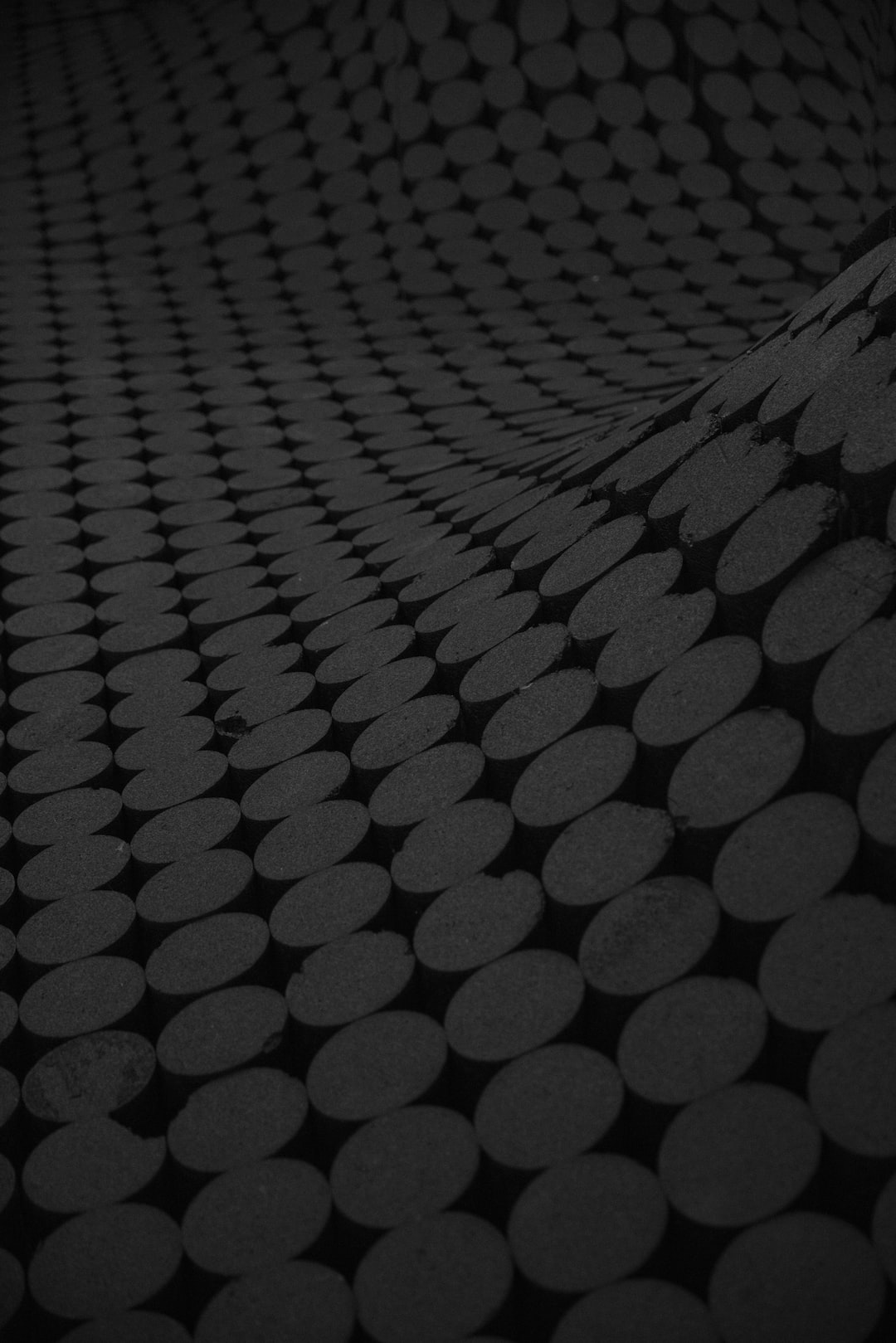The Art of Storytelling through Visual Design
Storytelling has been a fundamental part of human communication since the beginning of time. From cave paintings to virtual reality, humans have always used narratives to make sense of the world around them. With the rise of technology and the internet, storytelling has taken on a new form through visual design. Visual design has become a powerful tool for storytelling, allowing creators to convey emotion, information, and ideas in a way that is both engaging and memorable.
Visual storytelling has its roots in ancient civilizations, where murals and sculptures were used to tell stories and communicate cultural beliefs. These visuals allowed people to understand complex concepts and ideas without the need for written language. In today’s digital age, visual design continues to hold the same power and impact.
One of the key elements of visual storytelling is the use of imagery. Images have the unique ability to evoke emotions and experiences in a way that words often cannot. For example, a photograph of a child’s face can convey innocence, vulnerability, and joy without any need for explanation. By carefully selecting and composing images, visual storytellers can create a powerful narrative that resonates with their audience.
In addition to imagery, color plays a crucial role in visual storytelling. Different colors evoke different emotions and reactions, and visual designers can use this knowledge to their advantage. For example, warm colors like red and orange can create feelings of energy and excitement, while cool colors like blue and green can induce a sense of calm and tranquility. By strategically incorporating color into their designs, visual storytellers can enhance the mood and atmosphere of their narratives.
Another important aspect of visual storytelling is typography. The way text is presented can greatly impact how the audience engages with the story. Different fonts, sizes, and styles can convey different tones and messages. For example, a bold, uppercase font can convey strength and authority, while a playful, handwritten script can suggest whimsy and creativity. Visual designers carefully choose typography to ensure that it complements and enhances the overall narrative.
Visual storytelling also extends to the layout and composition of a design. The way elements are arranged on a page or screen can greatly impact the flow and understanding of the story. By carefully considering the placement, size, and spacing of visual elements, designers can guide the viewer’s eye and control the narrative’s pacing. A well-composed design can effectively guide the audience through the story, ensuring that the intended message is communicated clearly and effectively.
Ultimately, the art of storytelling through visual design is about engaging and connecting with the audience on a deeper level. Whether it’s through imagery, color, typography, or composition, visual designers have the power to create immersive and unforgettable stories. By harnessing the potential of visual storytelling, creators can bring their narratives to life, evoke emotions, and inspire action.
In conclusion, visual design is a powerful tool for storytelling in the digital age. Through the use of imagery, color, typography, and composition, visual designers can create narratives that captivate and resonate with their audience. By understanding the art of visual storytelling, creators can harness the power of visuals to convey messages, evoke emotions, and ultimately connect with people on a deeper level. Whether it’s a brand advertisement, a movie poster, or an interactive website, visual design has the potential to elevate storytelling to new heights.
